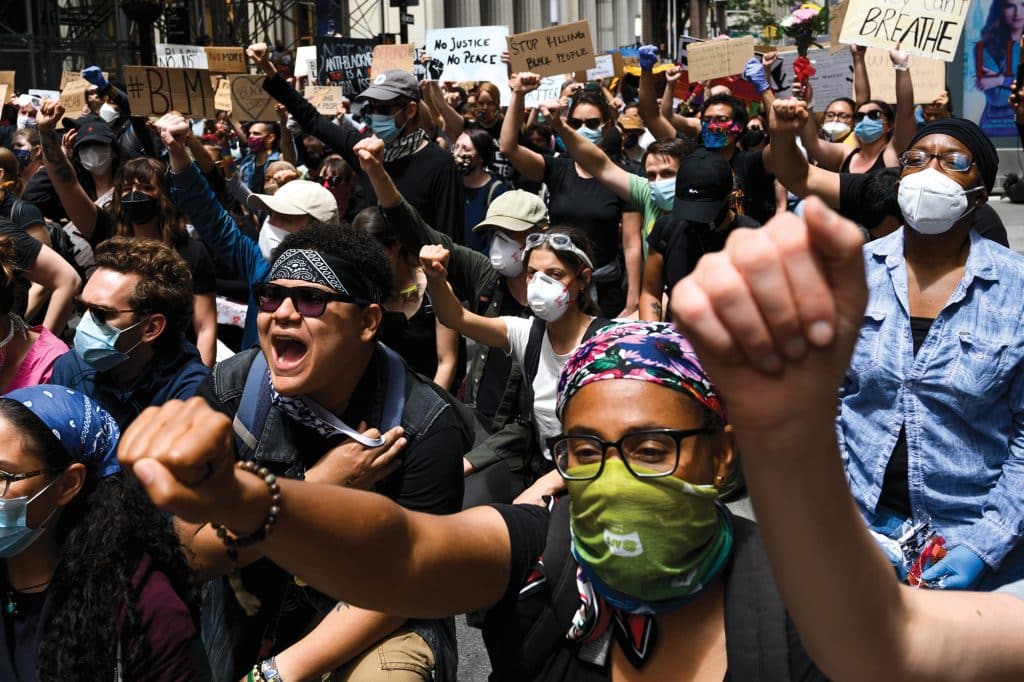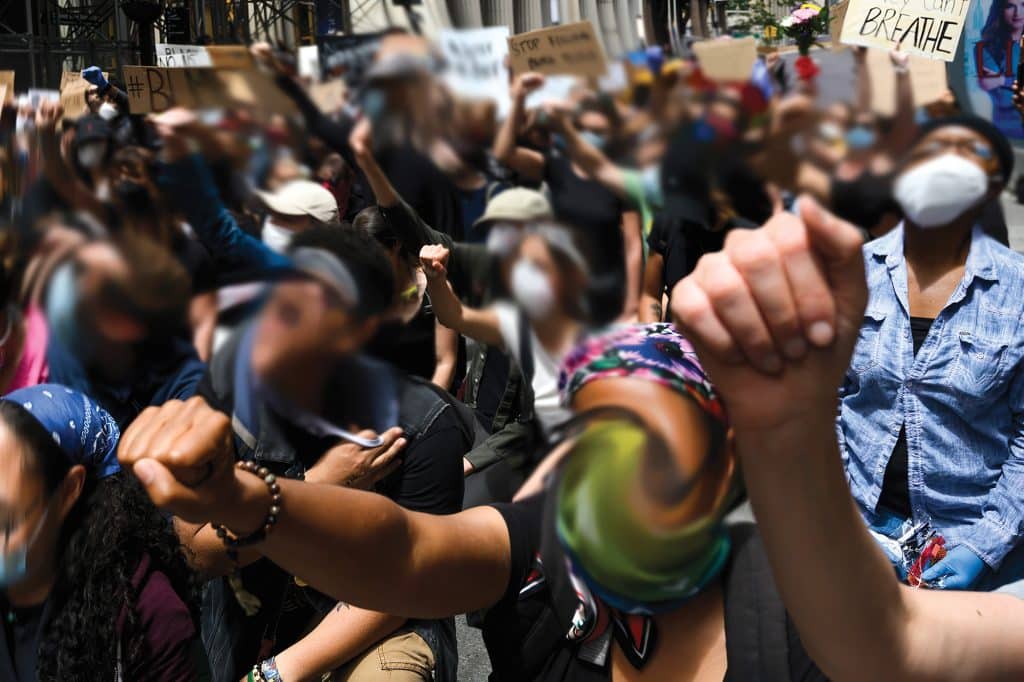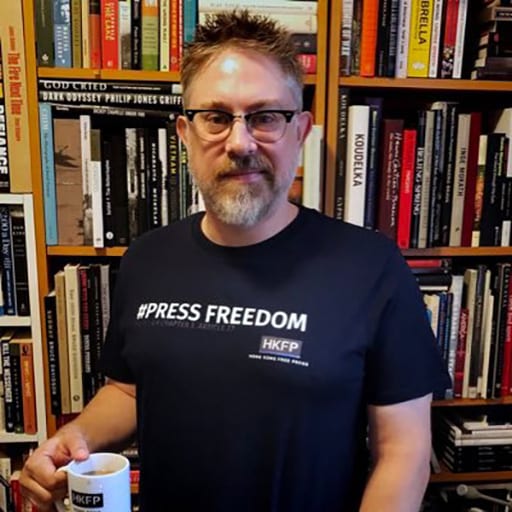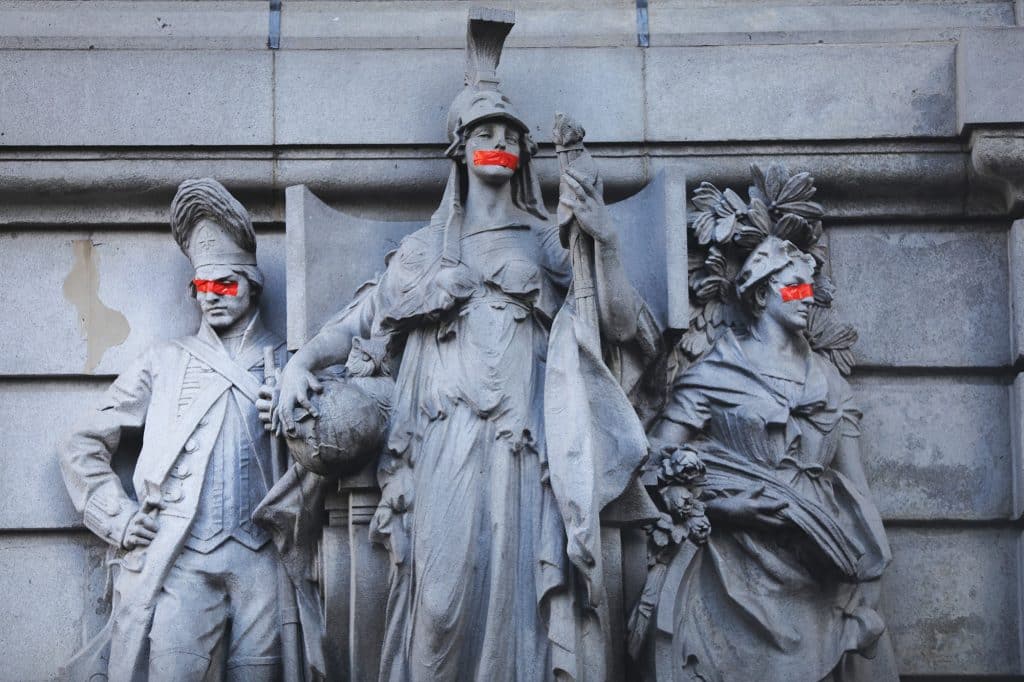
The National Press Photographer’s Association (NPPA), a national organization advocating for the work of visual journalists, has a code of ethics that all members, myself included, must agree to. Many, if not all, of the various professional organizations for journalists and photojournalists have their own codes of ethics. All of the ones I have read are similar in scope and ideals. They are the guiding principles for photojournalists, and are the rules by which we work.
The preamble to the NPPA code reads in part:
“Visual journalists operate as trustees of the public. Our primary role is to report visually on the significant events and varied viewpoints in our common world. Our primary goal is the faithful and comprehensive depiction of the subject at hand. As visual journalists, we have the responsibility to document society and to preserve its history through images.”
But what happens when the stories being covered force photojournalists into new areas with new ethical and physical safety concerns combined with outright attacks on the press themselves?
Dr. Lauren Walsh, who teaches at The New School and at New York University where she is the Director of the Gallatin Photojournalism Lab, looks at both the ethical and safety minded challenges that photojournalists have faced covering both the Covid-19 pandemic and the Black Lives Matter Movement in her new book Through the Lens: The Pandemic and Black Lives Matter which was recently published by Routledge.
The book is a companion to Walsh’s previous book Conversations on Conflict Photography, also published by Routledge. That title looks at photojournalistic coverage of wars and humanitarian crisis from around the world through interviews with photographers and editors who covered them. And while it is not necessary to read Conversations on Conflict Photography to understand Through the Lens: The Pandemic and Black Lives Matter, the topics discussed in the first book, especially those involving the ethics and the toll the work takes on the photojournalists themselves, does lead to a deeper understanding of the new title.
Like Conversations on Conflict Photography, Through the Lens is a collection of interviews with photographers and photo editors who worked to tell the stories of the Covid-19 pandemic and the Black Lives Matter protests.
Importantly the book does not just focus on what was happening in the United States. Along with interviews with American photographers Nina Berman, Spencer Platt and Patience Zalanga, Walsh includes photographers Rodrigo Abd, who covered Covid-19 in Peru which saw the highest per-capita Covid mortality rate, and Aly Song, who covered the early days of the Covid outbreak in Wuhan, China.
Interviews with Danese Kenon, the Director of Video and Photography at the Philadelphia Inquirer, and MaryAnne Golon, the Director of Photography at the Washington Post, round out the interviews.
As Walsh writes in the book’s introduction, one of the issues covered is “How should the photojournalist balance the privacy of an individual subject against the public’s need to see and know?” Both the Covid-19 pandemic and the Black Lives Matter protests called this question into new contexts as the stories unfolded.
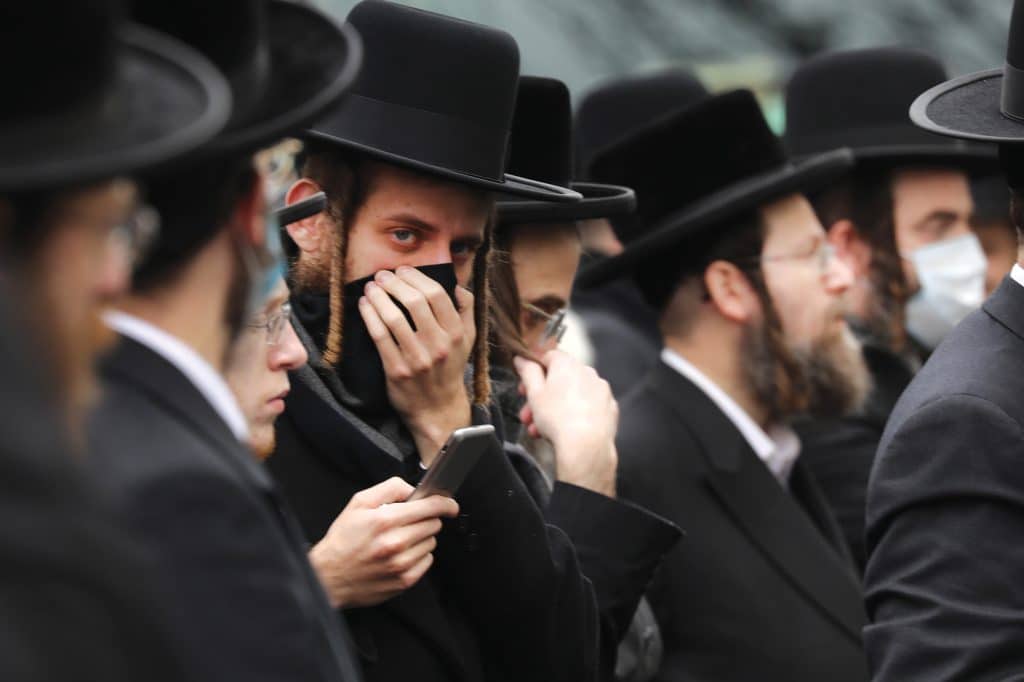
The Covid-19 pandemic forced photographers to figure out how to photograph the story of a disease in ways that respected those who were sick and dying while also having limited access to hospitals and other medical facilities where the large parts of the story was happening. It raises questions about how to cover the story in an ethical way that also conveys the story in its entirety. As photographer Spencer Platt says to Walsh “It’s a fine line you have to walk, respecting someone’s privacy and showing the story of a virus that is killing people.”
Photographer Rodrigo Abd, who covered Covid-19 in Peru, adds “Over one million people [globally] have died. In terms of journalism, you have to highlight many parts of the story, and an integral component is the deaths. As a photojournalist, therefore, you have to show that. If you show how hard it is, how severe this crisis has become, and if you do so with respect and intelligence, you can make some people more sensitive to the situation and more alert toward the government’s responsibility and their lack of proper action.”
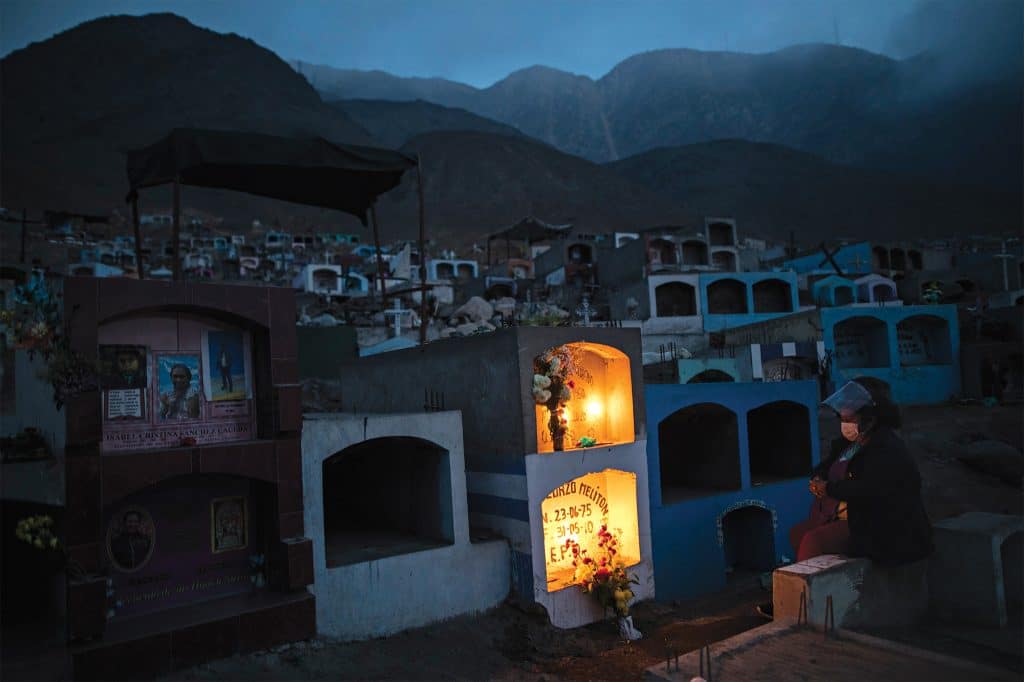
He continues “You do need to be considerate of people, especially victims and their loved ones, and you do need to get proper permission, for example, if you’re inside a family’s home. Of course, I did that with the family of Ricardo Noriega. But you need to show exactly what is going on. It’s the only way to document the truth of the story. If you are not doing that, if you are censoring the story, it’s like you are making it up; it’s not the true or full story. That is not what we should do. We are journalists.”
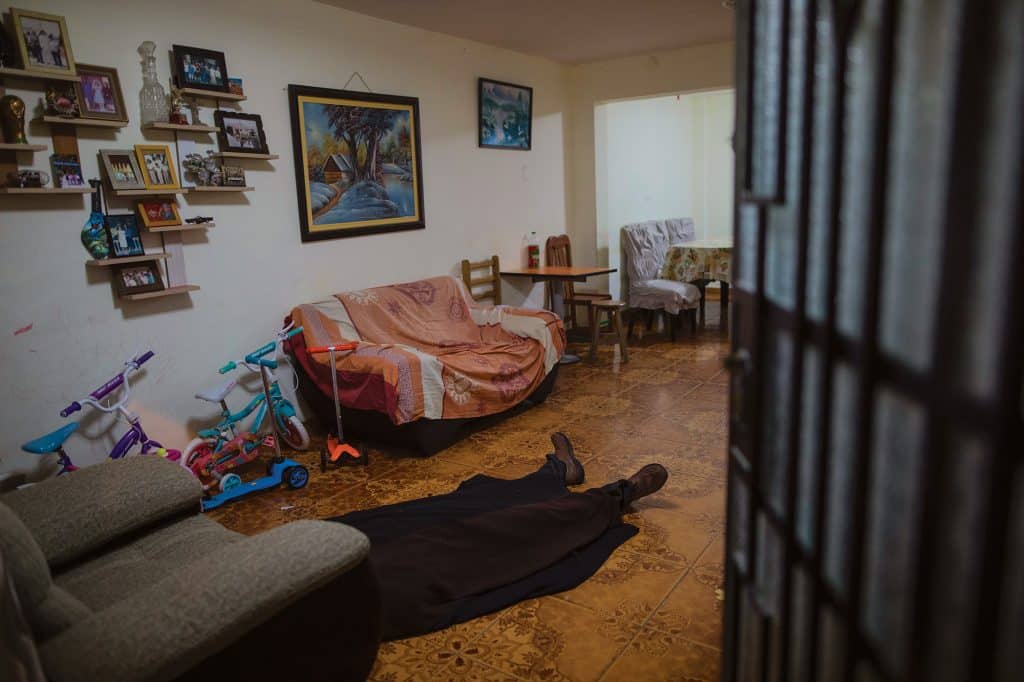
But how do you balance the work as a photojournalist within the dichotomy of a documenter of the truth and respecting the families of those who are sick and dying? A photograph Abd made during the Corpus Christi mass in the main cathedral in Lima, Peru in June 2020 is powerful example of how to tell the story. In it, the archbishop swings an incense burner through the church in front of more than 5000 portraits of people who have died of Covid-19. The photographs had been sent to the church by the families of the deceased for the mass. Seeing that number of faces, spread all over the church pews and up the walls of the cathedral brings home the scale of the death of the disease while also respecting the families of those who passed away.
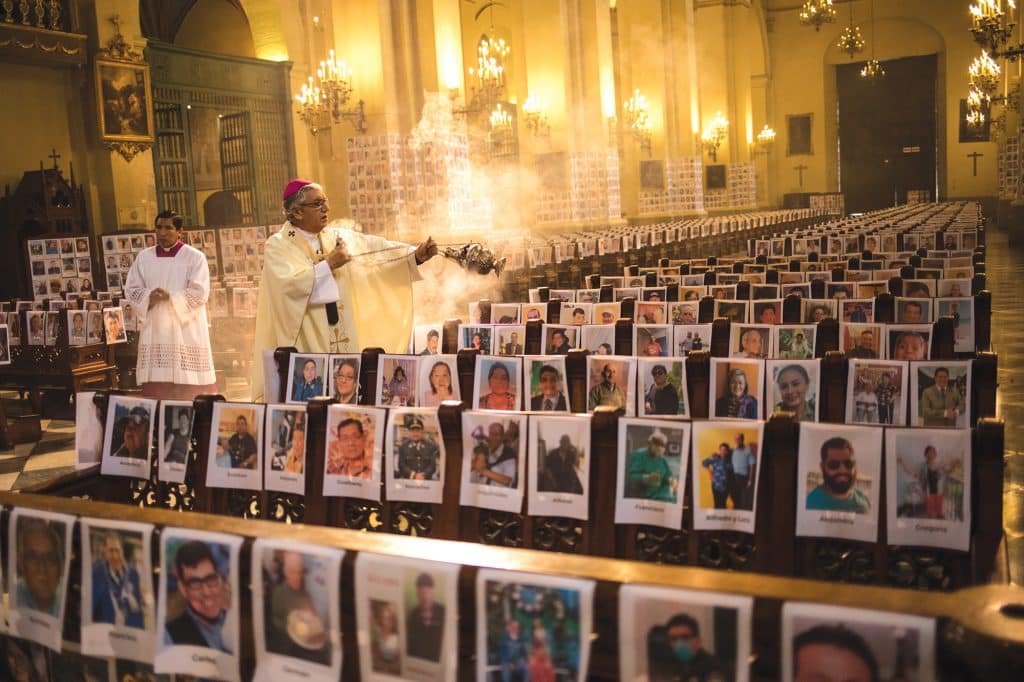
The Black Lives Matter movement and protests, while coinciding with the Covid-19 pandemic, also raised their own new and unique ethical issues for photojournalists covering the story. The massive street protests that occurred in the wake of the death of George Floyd forced photojournalists to reckon with changing ideas around privacy. The old ways of covering protests and mass demonstrations were called into question.
One of the main issues, which has divided photojournalists, is the ideas surrounding privacy at protests. During some protests, some protestors demanded that photojournalists either stop making photographs, do not distribute the photographs, or go so far as to blur the faces of people to conceal their identity. They were concerned with if and how photographs with identifiable people in them could lead to issues for the protestors themselves through the use of facial recognition technology in the hands of authorities.
As photojournalist Nina Berman, who covered the protests in New York City, told Walsh in the book “Prior to this 2020 conversation, there was a strong consensus that with protests, and really any activities in public, journalists didn’t need to ask consent of people they were photographing because there is no expectation of privacy when someone is out on the street at a political event. And to ask consent is antithetical to what journalists are supposed to do, which is to witness and document. Now this view is being called into question, and I and others are reflecting on it, because of the use of facial recognition technology.”
But what is the solution? Or is there a solution?
As Berman states, blurring photographs becomes absurd and destroys the photographs. “But as for blurring faces, I don’t think that’s a solution. This blurred photo is ridiculous-and was meant to be; it’s an exercise in visual absurdity. Can you imagine a world where protesters have no expressions or individuality? I’m not interested in photography that blurs away the outrage of a public uprising. This is a moment of mass action.”
Berman also tells the story of being at a protest at New York City’s mayor’s home, called Gracie Mansion, where the protest leader told photographers that pictures of people’s faces were forbidden. While some news outlets refused to acknowledge the statement, Berman saw it as a challenge as to how to photograph the protest in another way.
The photo Berman took “is a way to show the size of the crowd and the unity of purpose without showing faces. Hopefully you feel the solidarity in the gesture of the raised arms, serving as stand-ins for the faces, which one doesn’t see but is encouraged to imagine. The composition and perspective here is one often used by photojournalists, but frequently for a secondary photo; in this case, this image was the central picture to document and convey this event.”
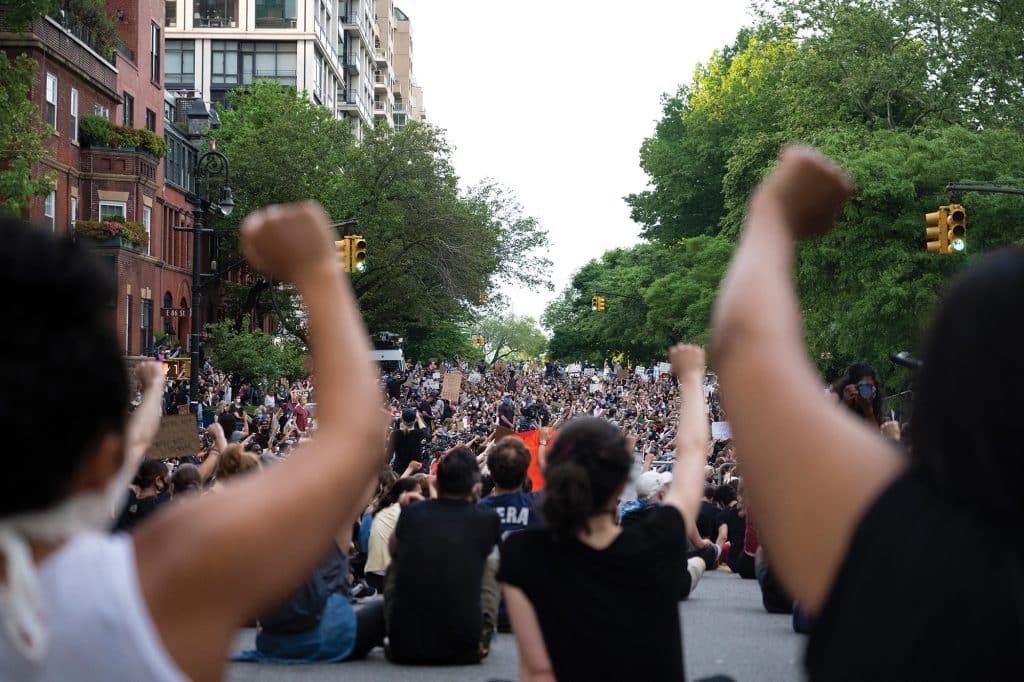
But is that a viable solution either? Or should photojournalists simply continue to document stories as we always have, particularly in public spaces? When the protestors themselves are taking photographs and streaming events, and the police are also documenting events, should photojournalists be concerned ethically with trying to maintain the anonymity of protestors? And in this day and age when violence against journalists is not an unheard-of event how do we take out own personal safety into account when dealing with protestors who don’t always want photojournalists there?
These are just some of the questions that the photographers and photo editors deal with in their conversations with Walsh. And there are not always hard and fast answers. But these various ethical questions remain important ones for photojournalists to consider in their work as the world changes around us.
Through the Lens: The Pandemic and Black Lives Matter, is published by Routledge, 152 pages, $25,95.
Conversations of Conflict Photography, is published by Routledge, 376 pages, $24,95.

